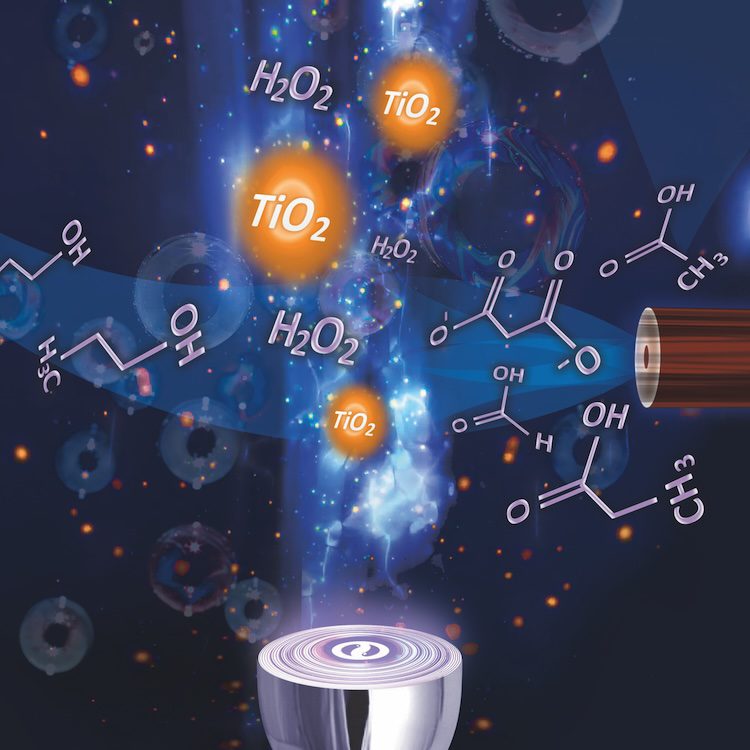Outstanding Reviewers
Over the last few decades, the concept of miniaturization has been actively explored for the development of more efficient analytical platforms. Besides microfluidic devices, a number of analytical platforms have emerged for high-throughput molecular measurements. Towards this goal, our group is dedicated to advance the understanding and applicability of microfluidic devices, nanomaterials, and electrochemical processes. We are focused on the development of integrated analytical approaches that span from highly specialized instrumentation to simple paper-based devices. Applications of these projects include the quantification of biomedically-relevant analytes, the design of biocatalysts, and the implementation of artificial intelligence to address analytical problems.
Machine Learning & Deep Eutectic Solvents (DES)
While the use of DES represents one of the fastest-growing fields of green chemistry, their application was limited by the development of new systems – which was almost exclusively done by trial and error and was often derivative from known mixtures. To overcome this limitation, our lab developed a series of machine learning approaches to recognize the patterns in hydrogen bonding and calculate (in a few seconds) the probability of formation of these solvents, as well as some of their key properties.
Food Antioxidants
Minimizing the oxidation of lipids remains one of the most important challenges to extend the shelf-life of food products and reduce food waste. Aiming to address this problem, we are interested in understanding the fundamental chemistry of these reactions and develop super-synergistic mixtures of antioxidants. Outcomes of this work can lead to a more rational use of these additives, controlling rancidity, limiting the economic burden on consumers and producers of foods, and lowering their potential health effects.
Electrophoresis and Microfluidic Devices
Enabling the efficient separation and quantification of multiple components in complex samples, our team has developed multiple sample-pretreatment steps and separation protocols. Building upon this work, and aiming to provide near-zero cost analytical platforms that can be deployed as point-of-need solutions, we have also recently presented several approaches based on paper microfluidic devices and demonstrated the possibility to apply glow-stick chemistry to detect biomolecules.
Electrochemical Biosensors
Electrochemistry provides a simple, fast, and inexpensive way to quantify analytes at low concentrations and with tunable selectivity. Adding to our experience with portable sensors, recent work has focused on the integration of respirometric assays as a way to detect metabolically-active bacteria. Specifically, we have developed a suite of advanced sensors based on plain paper-derived carbon electrodes, wearable devices based on carbon electrodes modified with AuNP, or high-throughput bacterial assays via Au-based ultra-dense arrays of nanostructured microelectrodes.
Interaction of Macromolecules with Nanomaterials
The adsorption of proteins to surfaces is a central concern for the rational use of materials, as it determines the final conformation, stability, and activity of such proteins. Aiming to develop more efficient biosensors, our group is especially interested in understanding the role of external electric fields on the adsorption of proteins to carbon-based substrates. In addition, we are interested in the use of adsorption processes as a simple way to remove metals from various fat samples, dramatically improving the production of renewable fuel.
REU Program
This multi-site REU Program aims to provide a transformative experience to undergraduates, who will perform research on the synthesis, characterization, and application of deep eutectic solvents (DES). This will be accomplished through a decentralized program that includes mentoring from the most active researchers in the field. The program includes pre-REU, during-REU, and after-REU elements to enrich the research experience.
Recent
Awards
External Funding Received
Our lab has received research funding from multiple organizations at the local, state, and federal level. We have also participated in multiple internationally-funded collaborations

















